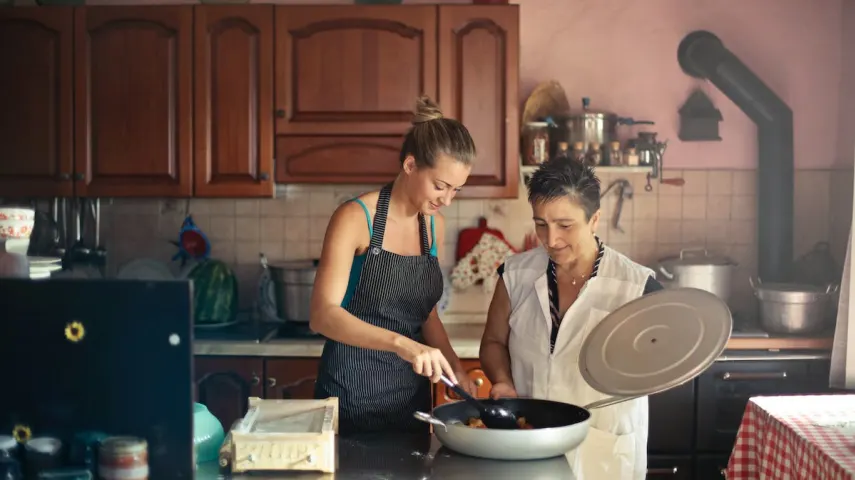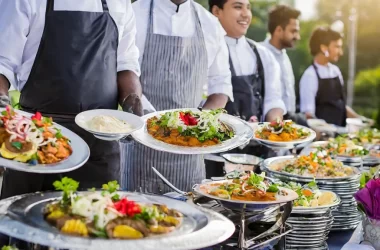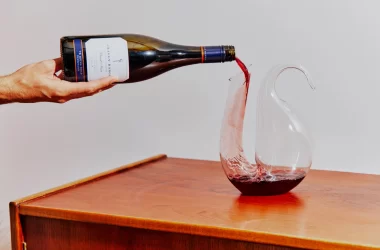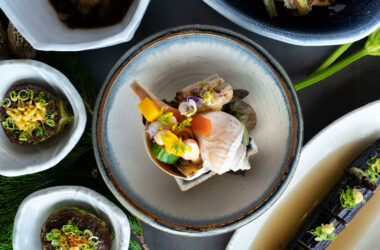When it comes to cooking delicious meals, having the right cookware is essential. One of the most versatile and commonly used utensils in Indian kitchens is the kadai. A kadai is a deep, circular cooking pot with handles on either side, perfect for sautéing, frying, and deep-frying. However, not all kadais are created equal. To ensure that you invest in a high-quality kadai that will last for years to come, it is important to consider certain factors before making your purchase. In this quick guide, we will explore the key aspects to look for when choosing a high-quality kadai for your kitchen.
Types of Kadais
Before diving into the factors to consider, let’s familiarize ourselves with the different types of kadais available in the market. There are primarily two types of kadais: stainless steel and non-stick.
- Stainless Steel Kadais: These kadais are made of durable stainless steel and are known for their excellent heat distribution and retention. They are ideal for everyday cooking and are resistant to scratches and stains. Stainless steel kadais are also dishwasher-safe and can be used on all types of stovetops, including induction.
- Non-stick Kadais: Non-stick kadais have a special coating on the cooking surface that prevents food from sticking. They require less oil for cooking and are easier to clean. However, they are not as durable as stainless steel kadais and the non-stick coating may wear off over time. It is important to choose a non-stick kadai with a reputable brand and a high-quality coating.
Factors to Consider
Now that we know the different types of kadais, let’s delve into the factors you should consider when choosing a high-quality kadai for your kitchen.
- Material: The material of the kadai plays a crucial role in its performance and durability. For stainless steel kadais, opt for ones made of high-grade stainless steel to ensure longevity. Non-stick kadais should have a sturdy base with a reliable non-stick coating.
- Size: Kadais come in various sizes, ranging from small to extra-large. Consider the size of your family and the quantity of food you usually cook to determine the right size for your needs. A kadai that is too small may not be sufficient for larger meals, while a kadai that is too large may take up excessive space on your stovetop.
- Handles: The handles of the kadai should be sturdy and heat-resistant. Look for kadais with handles that are securely welded or riveted to the body. Heat-resistant handles will ensure a comfortable grip and prevent accidental burns.
- Lid: A kadai with a well-fitting lid is essential for retaining heat and moisture while cooking. The lid should have a heat-resistant knob or handle for easy lifting. Transparent lids are a bonus as they allow you to monitor the cooking process without lifting the lid.
- Base: The base of the kadai should be flat and thick to ensure even heat distribution. A thick base also prevents food from burning or sticking to the bottom. For non-stick kadais, ensure that the base has a good quality coating that is free from any defects.
- Weight: A heavy kadai is generally a sign of good quality as it indicates a thick and sturdy construction. However, ensure that the weight is manageable for you, especially if you have any physical limitations.
Conclusion
Choosing a high-quality kadai for your kitchen is an investment that will enhance your cooking experience and last for years to come. By considering factors such as material, size, handles, lid, base, and weight, you can ensure that you make the right choice. Remember to properly care for your kadai by seasoning it, cleaning it with care, and storing it correctly. With a high-quality kadai in your kitchen, you can confidently cook delicious meals and enjoy the art of Indian cuisine.







